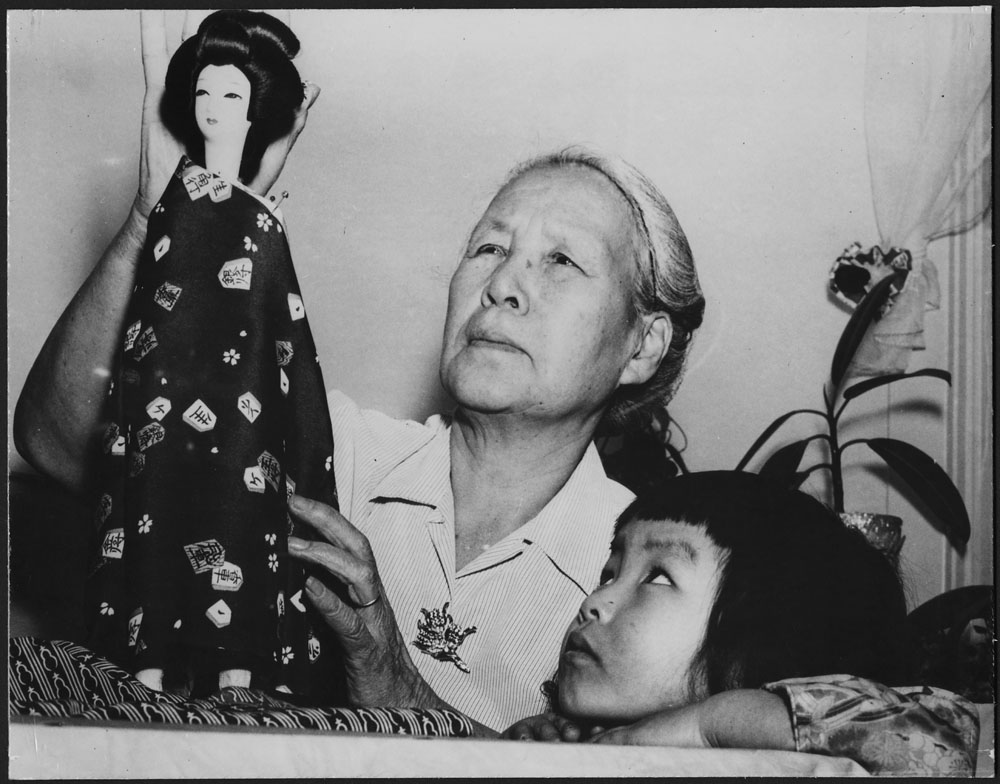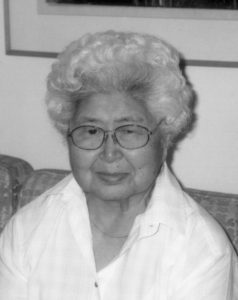From Exiles to Excellence
Japanese Cultural Society of St. Catharines
In the 1970s, an interest in community history grew among the fragmented Japanese Canadian communities dispersed across Canada. While Nipponia Home provided a cultural context for elders, it was the formation of the Japanese Cultural Society of St. Catharines (JCSSC) in 1976 that the Niagara Region’s Japanese Canadian community began forging a common identity.
Hattie Tanouye also stayed in the Niagara Region since her arrival as a single mother in 1945. Hattie was an early supporter of the Japanese Cultural Society of St. Catharines founded in 1976.
She later became its President. In 1996 at age 79, she looked back on her life:
I think that if relocation had never taken place my first husband would have never died. It was a hardship. There are a lot of “ifs” in a person’s life, but for all the hardship I feel I am a better person for it.
The 1970s also saw early community leaders such as Takaichi Umezuki, Tsutae Sato, Hide Hyodo Shimizu, and Thomas Shoyama become recipients of the Order of Canada. Later, in Ontario, many nisei and older sansei achieved success in many fields, including writer Joy Kogawa, the CBC’s first female Vice-President, Keiko Margaret Lyons, Architect, Raymond Moriyama, and scientists Irene Uchida and David Suzuki.



